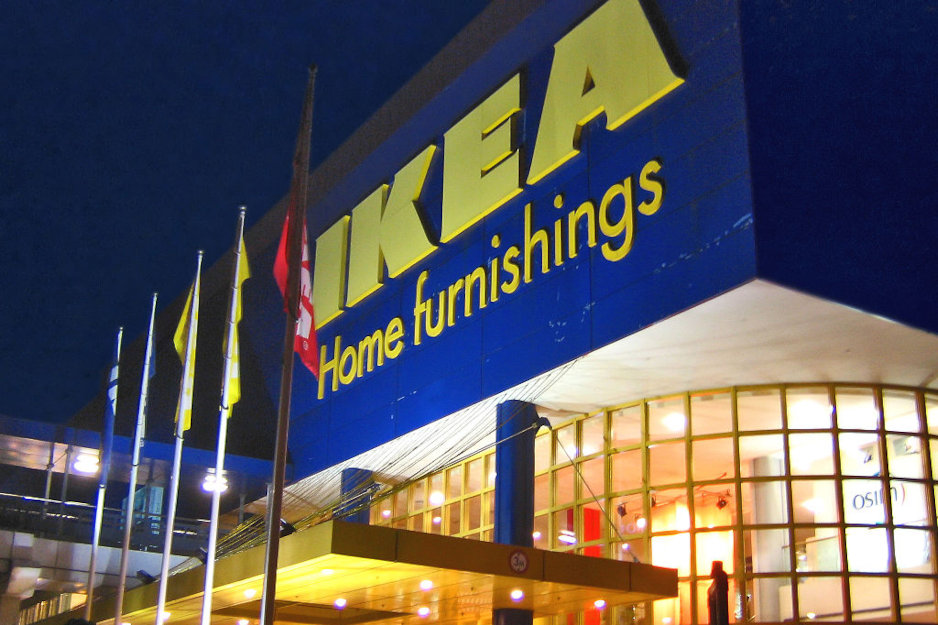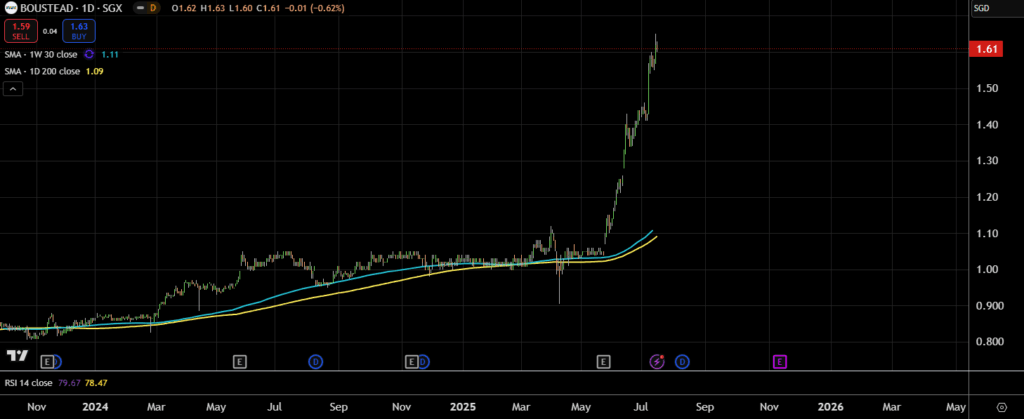Lu:
You mentioned the state of California, right? We have always been slowing in putting up the construction whether on the single family front or multi, but now we are seeing the state of California is finally playing a catch up game. So it’s interesting, I was looking at the data the other day, census has released the population estimate at the MSA level by characteristics last Thursday. So I was looking at the data and they have all their best estimates from 2020 to July, 2024. And the interesting study I did is to look at the population ages between 25 to 44 and the reason I zero in into that particular demographic cohort was majority of our renter household highly concentrated in that age range. So when I was comparing and contrasting the dynamics of that population growth for this particular group of people across all the major MSAs and it’s very interesting and encouraging the metros which are seeing the young population growth accelerating in 23 and 24 were actually the places where we see losses
Including
New York City, Los Angeles, San Francisco Bay area. So all these places are seeing the younger population are coming back and that is in contrast with Austin because we have been talking about, I know we try to avoid speaking on the state of Texas, maybe you didn’t but I was trying because we have been monitoring what’s going on with Austin for all this time. And at the latest reading, Austin has the highest multifamily vacancy across all the major markets at 12.3%. Wow. That’s the Q2 number and followed by all the other major Texas metro areas, which all have vacancy sitting at the moment above 9%. Wow. So that is really speaking on the tremendous amount of supply pressure they are facing. But on the other end, Austin is seeing their younger population growth has been decelerating, not accelerating, but decelerating. I think a lot of that is really driven by this AI relocation of the job opportunities, especially concentrated in high tech industry. If you compare and contrast Austin with California major metros, especially the Bay area, and we are seeing that pendulum has been swinging back
Because early in the pandemic we are seeing the tech driven migration has been pulling a lot of Bay area residents over to Austin and surrounding area. But now because of this rise of ai, a lot of more tech job opportunities are created in this AI space. And if you look at a venture capital investment bay area has been leading up the entire globe in terms of drawing the tech talents in that area. But we haven’t seen the same amount of momentum being built out in Texas, especially Austin. So that explains some of the demographic and some of the occupation driven demographic changes, which really gets us into where the supply has been chasing that demand leading up to that demand. So when you look at the gateway metros, whether that’s on the east coast or on the west coast, we are seeing the construction has been reshifting their interest from the sound belt over to these metros, which is pretty much aligned with what we have been seeing on the census data, the population estimates, especially for the people ages between 25 to 44.



Post Comment